Professor Yosuke Kanai’s Research Featured in Physical Review Letters
Professor Yosuke Kanai has recently published a paper in Physical Review Letters (PRL), the issue 11/2023, which has been selected as an Editor’s Suggestion and featured in Physics Magazine of the American Physical Society (APS). This week’s issue of Physical … Read more

